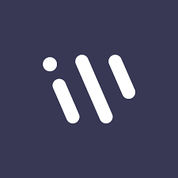Qminder is a New SaaS Software. Qminder offers HIPAA Compliant, Multi-Location, Scheduling, Reporting (Analytics), Alerts (Notifications) and many more functionalities.
Some top alternatives to Qminder includes Social Q&A, Qualified, Workvivo, Waitwhile and Waitlist Me.
Yes, Qminder provides API.
Yes, Qminder provides a mobile app.
Qminder is located in London, England
Qminder offers Free Trial, Subscription, Quotation Based pricing models
The starting price of Qminder is $382.30/Month when Billed Yearly





















